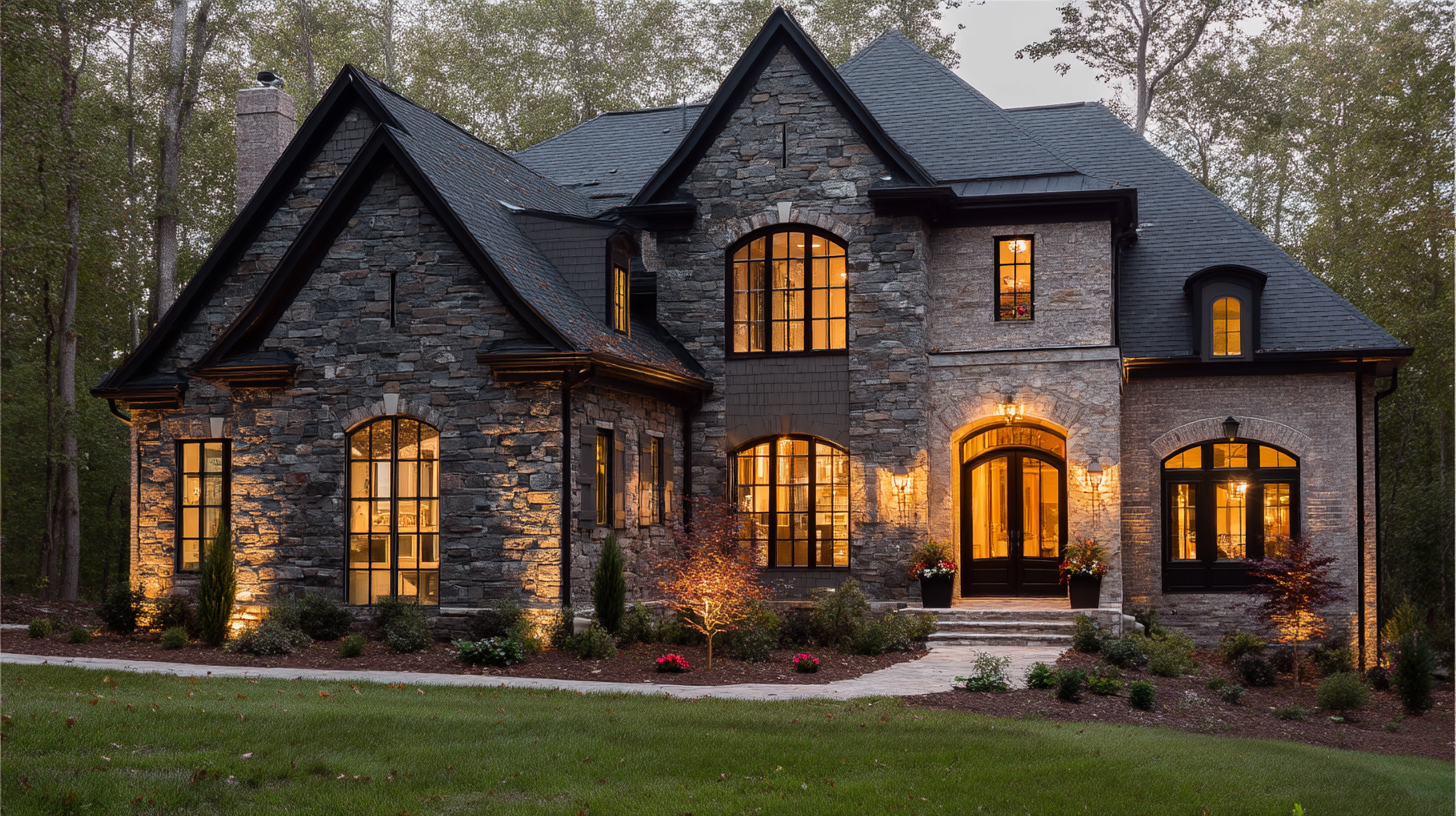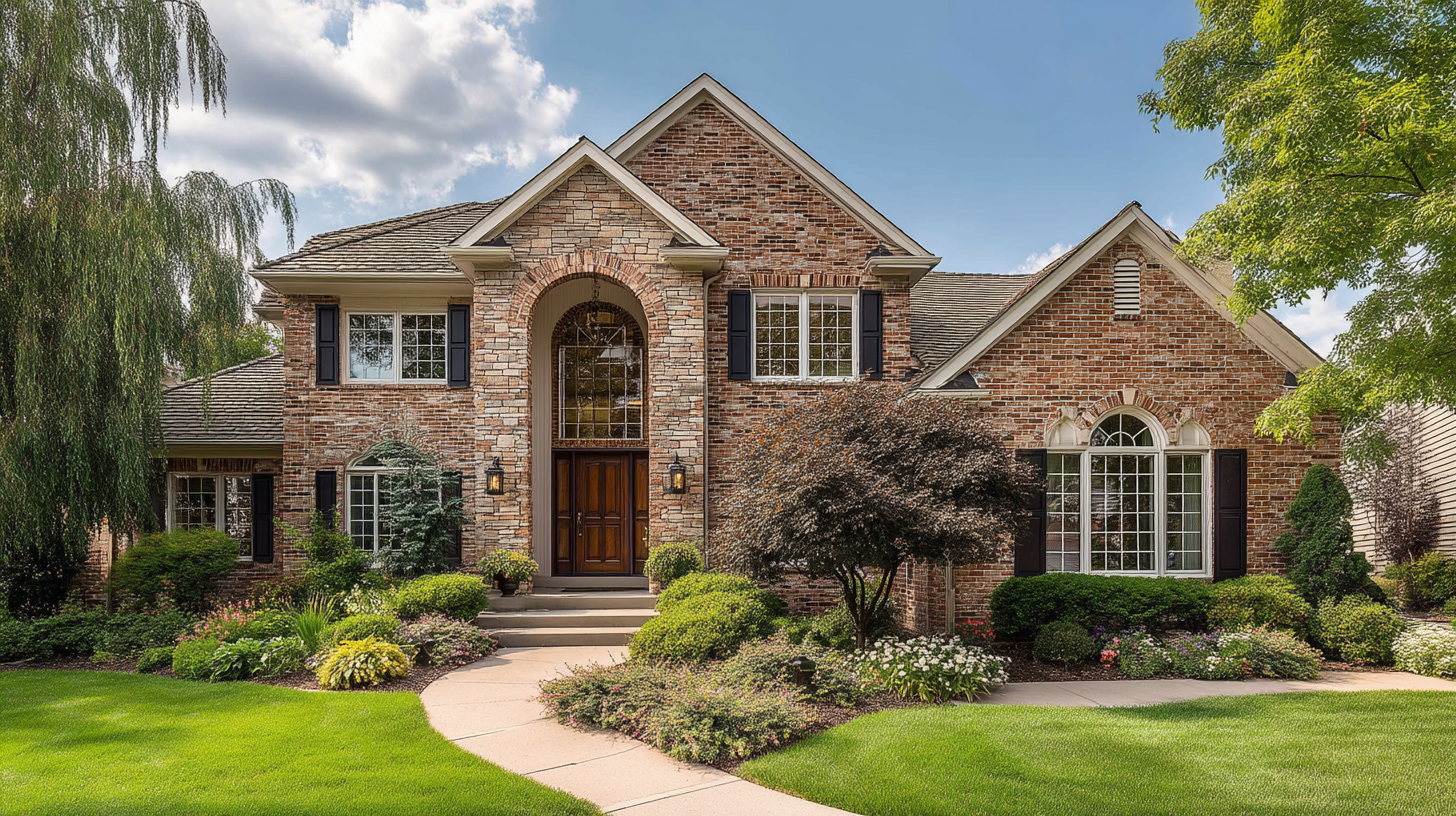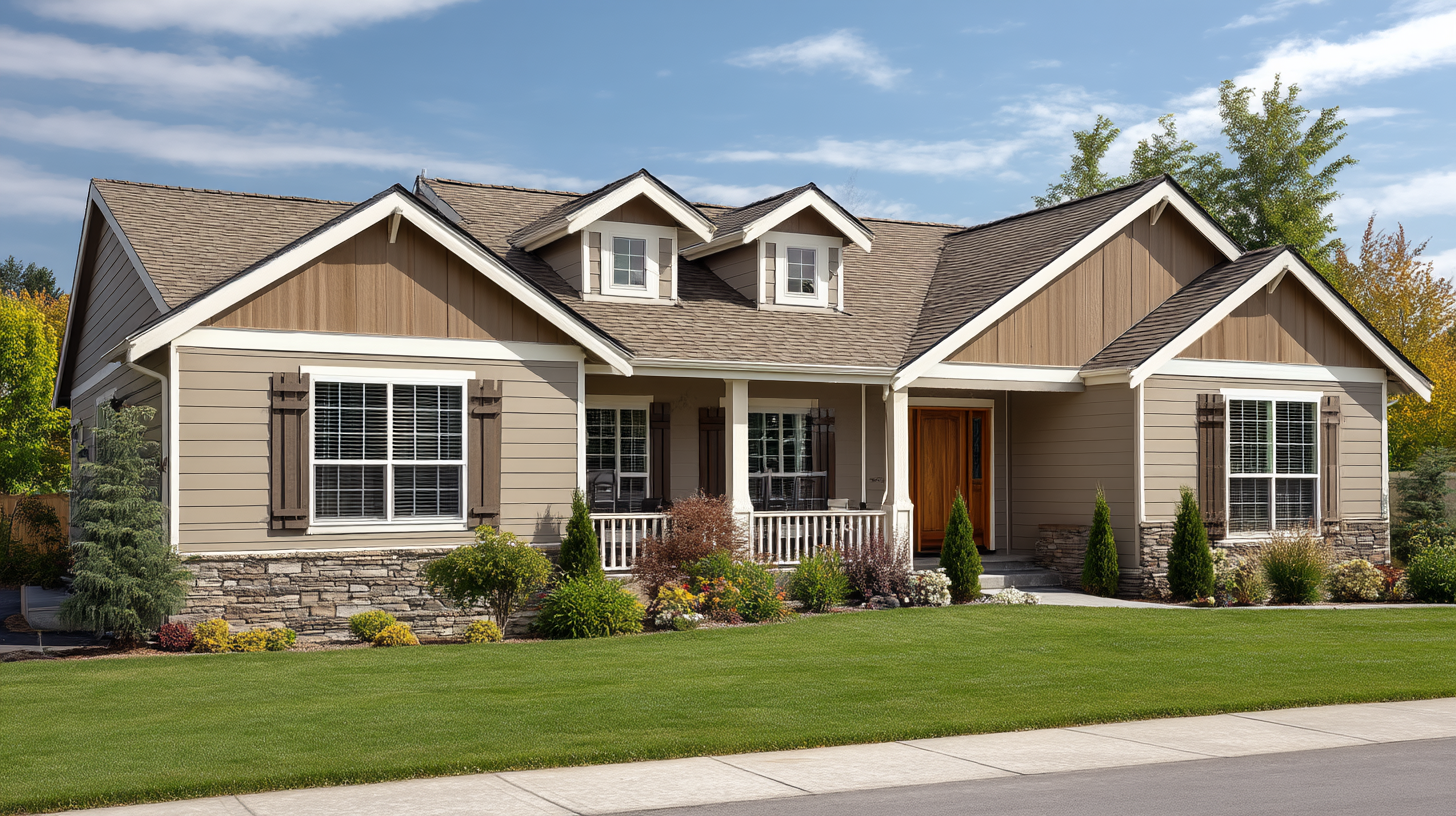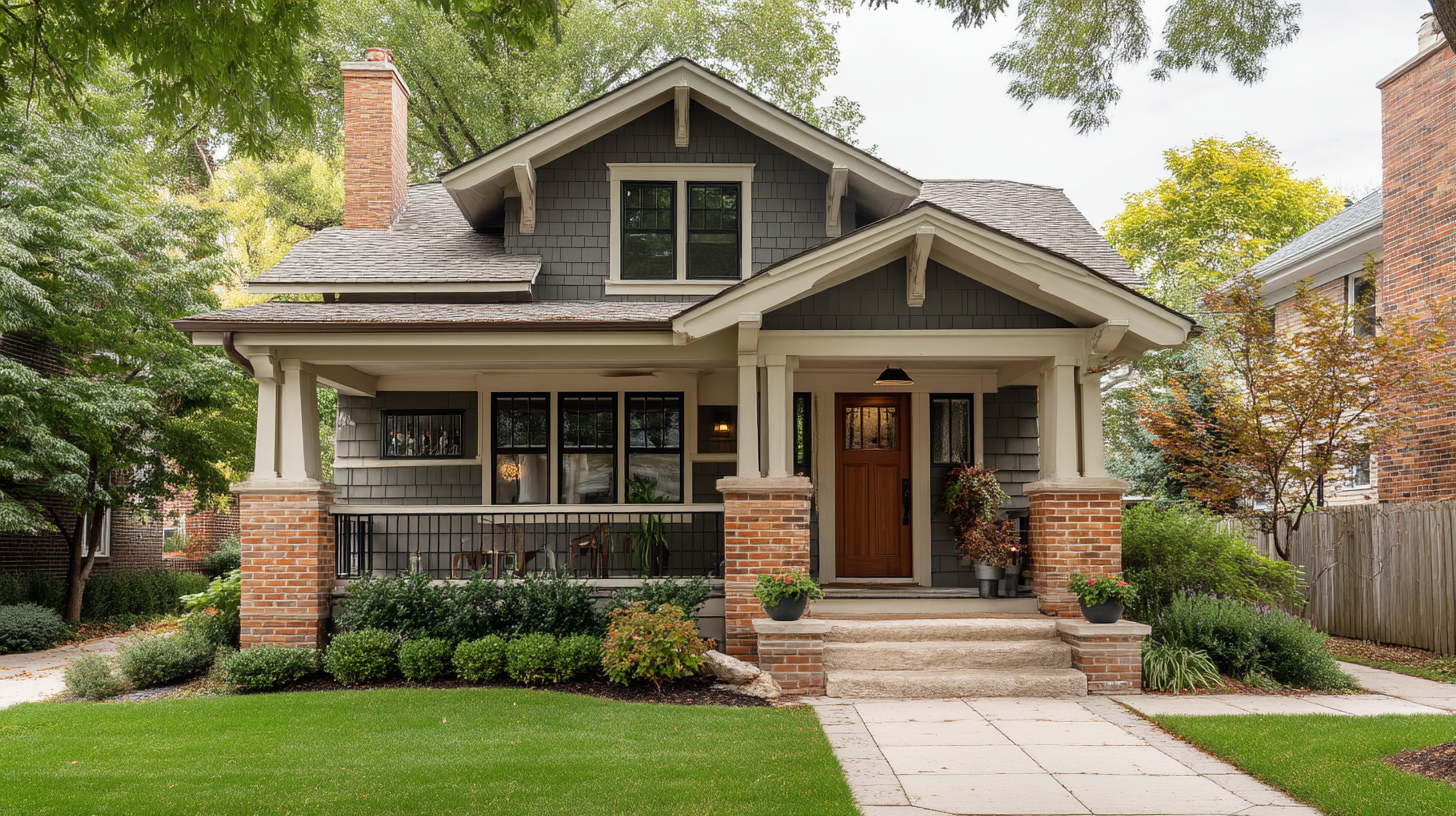What Is The Average Number of Showings to Sell a House?

When you decide to sell a house, one of the biggest questions on your mind is: What is the average number of showings to sell a house? That’s a fair question, and though there’s no universal answer, by analyzing current market trends, the experience of home sellers, and data from real estate associations, we can form realistic expectations. In this post, I’ll walk you through the average number of showings, the factors influencing that figure, and how you can sell faster with fewer showings.
The Typical House: What the Data Says
Across the real estate industry, the benchmark for a typical house is often cited as somewhere between 10 and 25 home showings before receiving an offer. That range corresponds with the average number of showings many agents and brokers use to set expectations. In competitive markets or seller’s markets, that ceiling often shifts downward, as homes receive multiple offers after just a few showings due to higher buyer interest. In slower markets, it may take 30 or more showings.
The National Association of real estate professionals and multiple brokerage reports suggest that house showings in that 10–25 band are fairly common for single family homes in midprice tiers. That does not guarantee your home will behave exactly that way; rather, it gives you a ballpark benchmark.
Because market conditions vary dramatically by location, it's essential to interpret that average in light of your own local context. In a balanced market, meaning neither strongly favoring buyers nor sellers, midrange homes often hit that “10 to 25 showings” zone. In a buyer’s market, you’ll often see fewer buyers to absorb inventory, and thus more showings are required to attract the right buyer. In a seller’s market or hot market, homes can move with fewer showings because more buyers exist and competition is higher, especially when the home hits the market at a competitive price.
Why the Range Exists: Key Indicators & Crucial Factors

Asking Price and Pricing Strategy
The asking price is one of the strongest levers you control. Price your home too high, and you’ll get many showings with no offers, potential buyers will visit, but few will commit. Price competitively or slightly below market, and you may attract more qualified buyers quickly, reducing showing volume and creating higher demand.
A well priced home can reduce the friction. Pricing strategy matters: if your price aligns with recent comparable sales, your showings are more likely to convert to offers. Overpricing even by 5–10 percent can lead to 50–100% more showings needed, compared to homes priced competitively.
Property Condition, Curb Appeal, and First Impressions
Curb appeal and property condition are powerful influences. The moment a prospective buyer pulls up, they form an opinion. A lasting first impression can make or break that interest. A home that is move in ready, clean, well landscaped, and free of clutter converts more showings into offers.
If your house looks worn, or fields of repairs are obvious, then many of those showing requests may disappear, or showing volume may be high but with low conversion. When your online photos are lackluster, you filter out serious buyers before they ever get to the door.
Market Conditions & Buyer Supply
Market trends heavily influence how many showings a seller faces. In a buyer’s market, with fewer buyers relative to inventory, you’ll likely see more showings before a buyer emerges. In a seller’s market, buyers compete, and homes may sell after just a few showings.
Balanced market conditions fall between extremes: moderate showing counts, moderate days on market. Competitive market conditions reduce the barrier. Conversely, in a sluggish relocation zone or in off‑peak seasons, showing volume may drop.
Attracting Buyers: Marketing, Virtual Tours, and Presentation

Your listing’s marketing matters. Professional photography is virtually non‑negotiable now; on listing portals, your images are the first impression. Listings with quality photos attract more potential buyers requesting showings.
Virtual tours help screen out less serious buyers and boost confidence among those who schedule a private showing. By offering a seamless virtual preview, you filter to people more likely to make it to the door and convert.
Further, strong descriptions, floor plans, and honest disclosures also support attracting buyers who see the listing as credible. If your listing is vague, confusing, or missing essential details, you might get multiple showings from unqualified traffic, or minimal traffic.
Role of the Real Estate Agent & Their Network
A knowledgeable real estate agent or good real estate agent brings relationships, marketing muscle, and a network of prospective buyers and other real estate agents. Their reputation and reach can increase your showings and quality showings.
Agents often host open houses as well, which can generate additional foot traffic. At the same time, a skilled agent can filter non‑serious prospects and minimize disruptions.
Other Influencing Factors
- Desirable location: proximity to amenities, schools, and transit can reduce the number of showings needed.
- Time on market: if your home lingers, momentum fades and each new showing becomes tougher.
- Multiple offers in competitive markets reduce the need for more showings once momentum builds.
- Good staging or a clean, neutral look appeals broadly.
- Private showings often yield higher conversion, because the people walking through are more serious.




